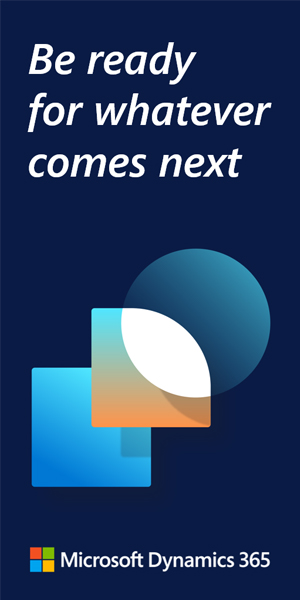Even before Gartner coined the term ‘composable enterprise’, back in 2014, the idea had been implemented throughout technology. Fast forward a decade, and the thinking has been seen in the rise of composable software that has agitated the traditional, monolithic, software vendor model, threatening its dominance in a few key ways:
Improved business agility: Instead of being locked in to an inflexible, out of the box from a single vendor, composable architectures empower businesses to choose best-of-breed solutions for each function. This dismantles the vendor’s control over the entire software stack, making them replaceable for specific components.
Faster, more collaborative innovation: Traditional technology vendors struggle to keep pace with innovation across all functionalities within their offering. But composable architectures thrive in such a dynamic ecosystem. More agile, composable vendors focus on specific functionalities and iterate rapidly. Businesses can then integrate these best-in-class components into their workflows, accelerating their own innovation cycles.
Reduced switching costs: Locked-in customers are a cornerstone of the legacy model. Composable architectures break this confinement by allowing businesses to seamlessly swap out components for better alternatives. This flexibility has forced a reduction in switching and re-platforming costs, making it easier for customers to replace failing suite vendors.
Perpetual licensing models under threat: Composable solutions commonly follow a subscription-based model. SaaS pricing models are a stark contrast to the perpetual licensing of monolithic platforms, where hefty upfront costs and fixed terms are a substantial burden.
Valuing the long tail: Monolithic platforms advocate a one-size-fits-all approach. Composable architectures counters this by enabling the easy and quick integration of necessary functionalities, delivered via APIs. This caters to the long tail of changing business needs that legacy suites cannot adapt to.
The secret weapon in all of this has been the rapid evolution and maturity of composable technology. Our group has been part of this story since 2020, advocating for Microservices, API-driven, Cloud and Headless technologies with a resolutely end-user focus.
It has been this focus on end-user demands and needs that has enabled composability to dismantle the walled gardens created by legacy platforms. It fosters a more open, best-of-breed landscape where businesses can assemble the optimal software stack for their needs, driving innovation and reducing vendor lock-in.
Of course, legacy platforms will still have a place in the market. But these vendors will need to adapt by offering more modular solutions and prioritizing a focus on user needs in a rapidly changing software landscape.






